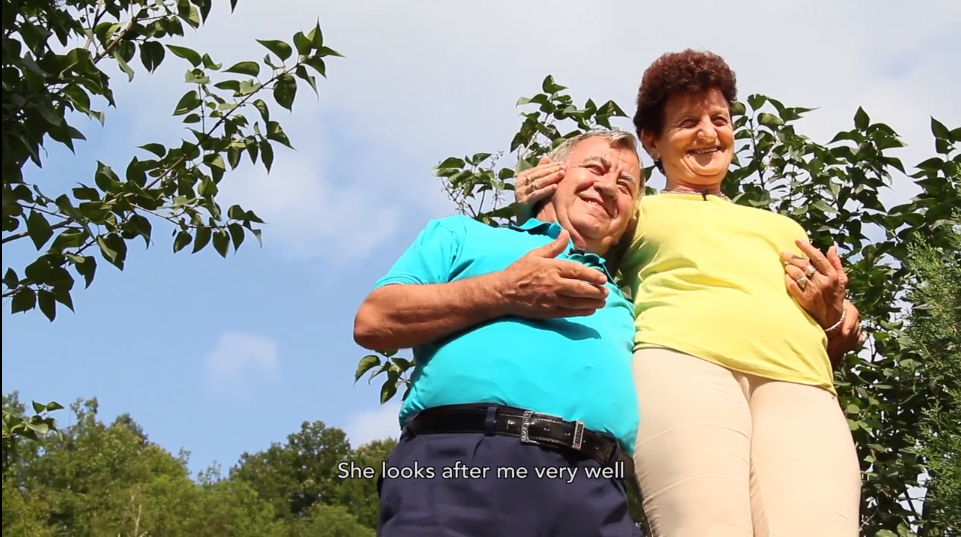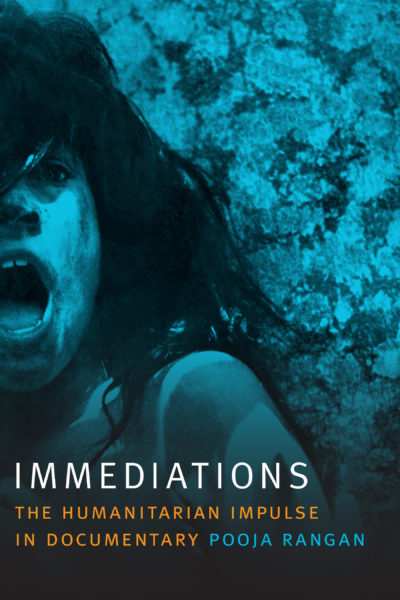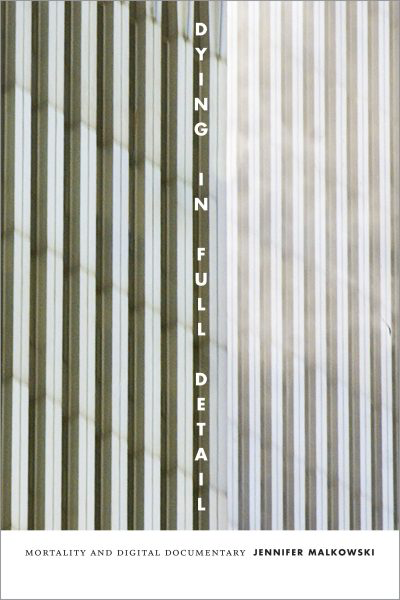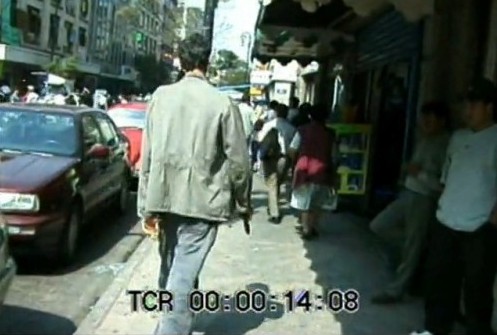‘Making things glow with their own light’: Love, Documentary Witness and the Endless Search in Nostalgia for the Light
By Laurel Ahnert The luster and gleam of the stone, though itself apparently glowing only by the grace of the sun, first bring to radiance the light of the day, the breadth of the sky, the darkness of the night. The temple’s firm towering makes visible the invisible space of air. —Martin Heidegger, “The Origin of the Work of Art” Transparence means experiencing the luminousness of the thing in itself, of things being what they are […] What is important now is to recover our senses. We must learn to see more, to hear more, to feel more. —Susan Sontag, Against Interpretation and Other Essays Patricio Guzmán’s Nostalgia for the Light (2010) begins with a black screen and the sound of metal gliding against metal. A series of close-ups show the internal machinations of a large interstellar telescope, which creaks and groans as it rotates slowly before banging loudly into place. The camera looks up at the high, domed ceiling of the observatory. Two sliding doors scrape open to reveal a large …




